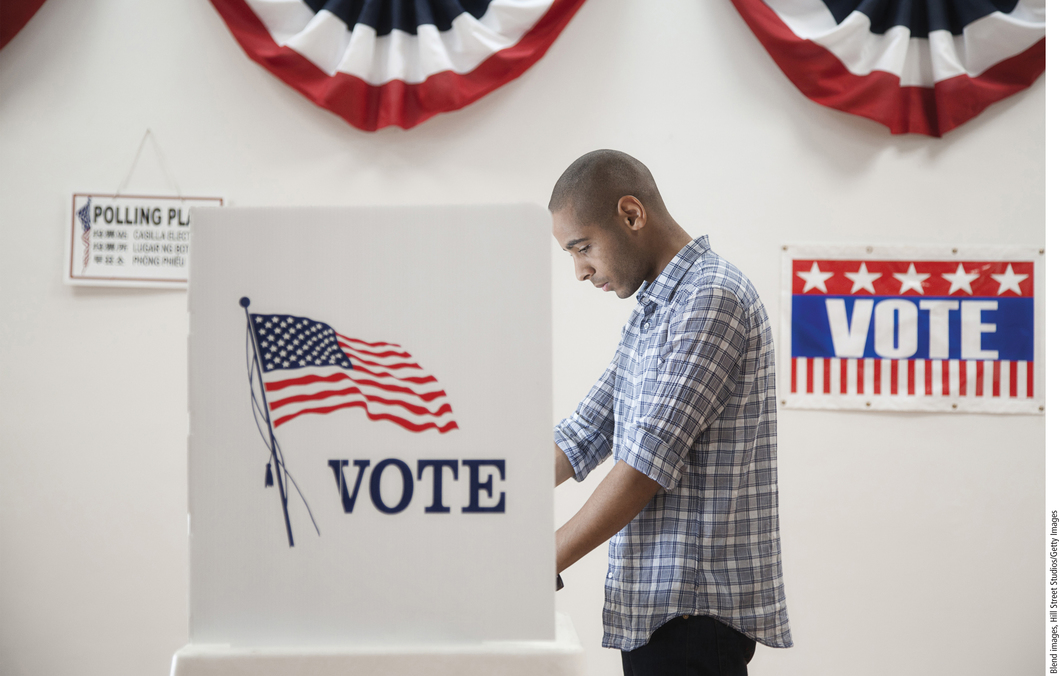402
Part III

403
Voting and Social Choice
- Chapter 9 Social Choice: The Impossible Dream
- Chapter 10 The Manipulability of Voting Systems
- Chapter 11 Weighted Voting Systems
- Chapter 12 Electing the President
![]()
The application of mathematics to the study of human beings—their behavior, values, interactions, conflicts, and methods of making decisions—is generally considered to be a recent revolution. Yet the study of voting and social choice, which is very much the root of this revolution, goes back several centuries.
We begin in Chapter 9 with the question of how a group of individuals, each with his or her own set of values, selects one outcome from a list of possibilities. While majority rule is a good system for deciding an election with just two candidates, it turns out that there is no perfect way of deciding an election in which there are three or more candidates.
Group decision making is often a strategic encounter, and citizens need to be aware of the difficulties that can arise when some participants have an incentive to manipulate the outcome. We turn to this issue in Chapter 10.
In Chapter 11, we consider decision-making bodies in which the individual voters or parties do not have equal power. In particular, we look at weighted voting systems in which a voter’s power need not be proportional to the number of votes that he or she is entitled to cast.
In Chapter 12, we analyze not only how the Electoral College influences resource allocation in a campaign but also how polls and the positioning of candidates on a left-right continuum affect the strategies of candidates and the choices of voters.